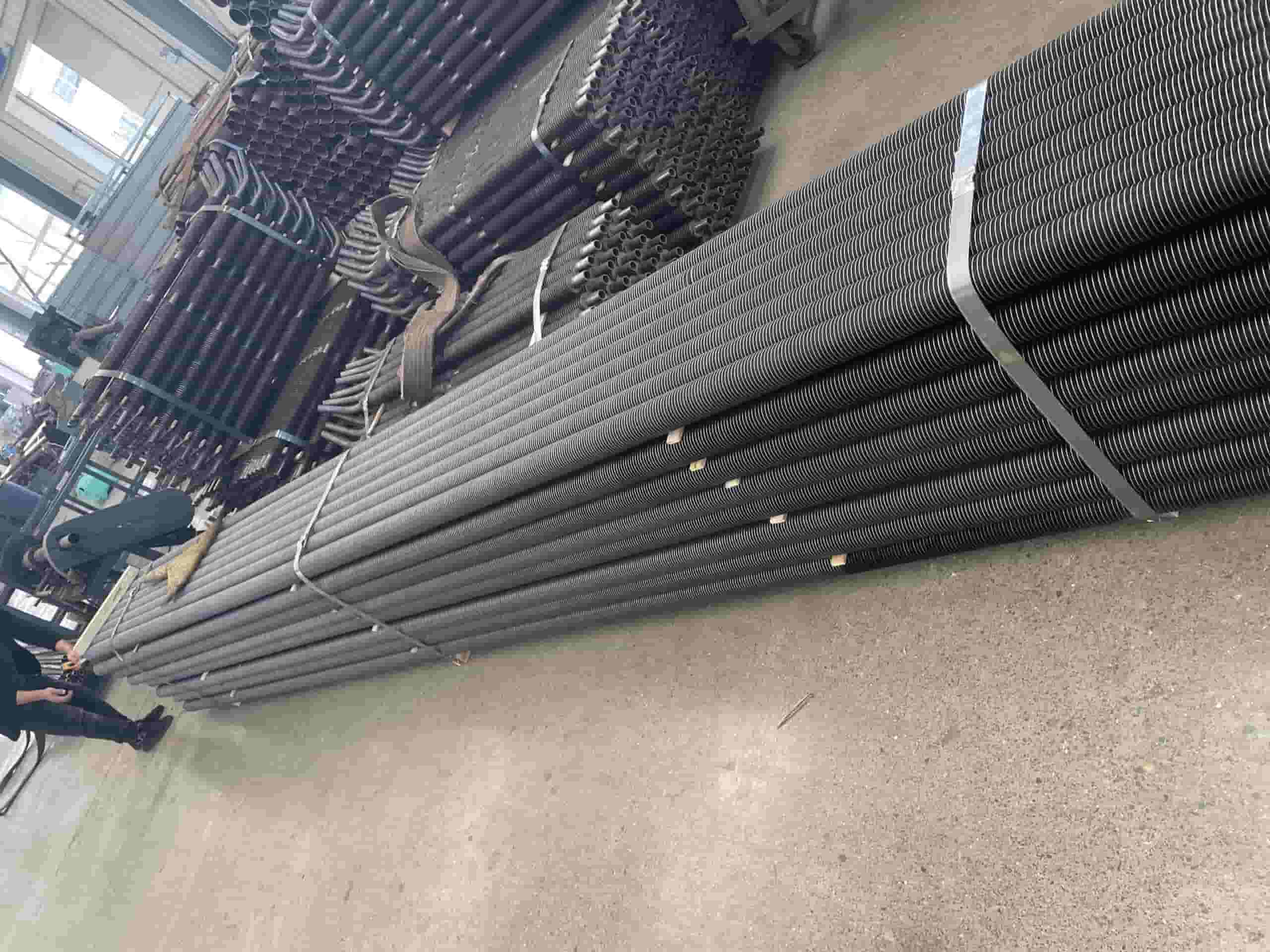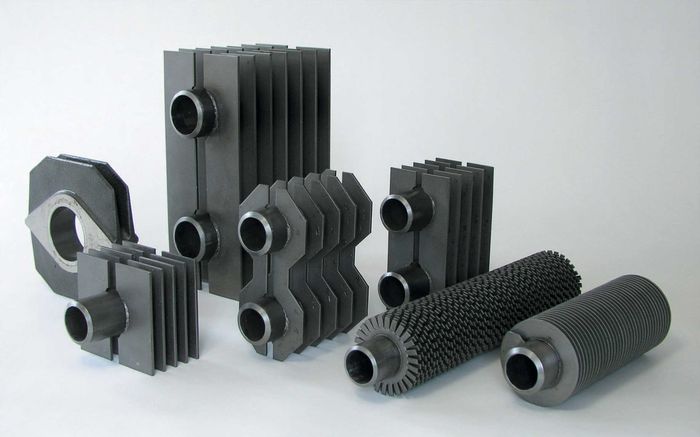Boiler systems are essential in various industrial processes such as power generation, food processing, and chemical manufacturing.
They are used to produce steam or hot water, which is then used to heat, sterilize, or clean products. In these applications, efficient heat transfer is crucial, and this is where finned tubes come in.
In this article, we will discuss the application of finned tubes in boiler systems and their benefits.
Finned tubes are tubes with extended surfaces, which increase their heat transfer area. They consist of a base tube and a series of fins attached to the tube’s outer surface.

The fins increase the tube’s surface area, allowing for better heat transfer between the fluid and the tube.
Finned tubes are commonly used in heat exchangers, and they play a significant role in improving the heat transfer efficiency of the system.
In boiler systems, finned tubes are commonly used in two areas: the water walls and the superheaters.
The water walls are the walls that surround the combustion chamber and are responsible for absorbing heat from the combustion gases.
The superheaters are responsible for heating the steam to a higher temperature after it leaves the boiler drum. Finned tubes are used in both of these areas to enhance the heat transfer process.

The use of finned tubes in water walls improves the efficiency of the heat transfer process. The fins increase the heat transfer surface area, allowing for better contact between the water and the combustion gases.
This results in a more efficient transfer of heat from the combustion gases to the water, reducing the amount of fuel required to generate steam.
Finned tubes are also used in superheaters to increase the efficiency of the heat transfer process. Superheaters are responsible for heating the steam to a higher temperature, which increases its energy content.
Finned tubes in superheaters increase the heat transfer surface area, allowing for more efficient heat transfer and reducing the amount of fuel required to heat the steam.
In addition to improving the efficiency of the heat transfer process, finned tubes also increase the durability of boiler systems.

Finned tubes are made of materials such as copper, aluminum, and stainless steel, which are resistant to corrosion and wear.
This makes them ideal for use in harsh environments such as boiler systems, where the equipment is exposed to high temperatures and corrosive agents.
Finned tubes also reduce the overall size and weight of boiler systems.
The increased heat transfer surface area provided by the fins allows for smaller and more compact heat exchangers, reducing the overall size and weight of the boiler system.
This is particularly beneficial for industries with limited space.
In conclusion, the application of finned tubes in boiler systems is crucial for efficient heat transfer and reduced fuel consumption.

Finned tubes enhance the heat transfer process in water walls and superheaters, increasing the efficiency of the boiler system.
They also increase the durability of the equipment, reducing the need for maintenance and repairs.
With the use of finned tubes, industries can produce steam or hot water more efficiently, providing significant cost savings and environmental benefits.
